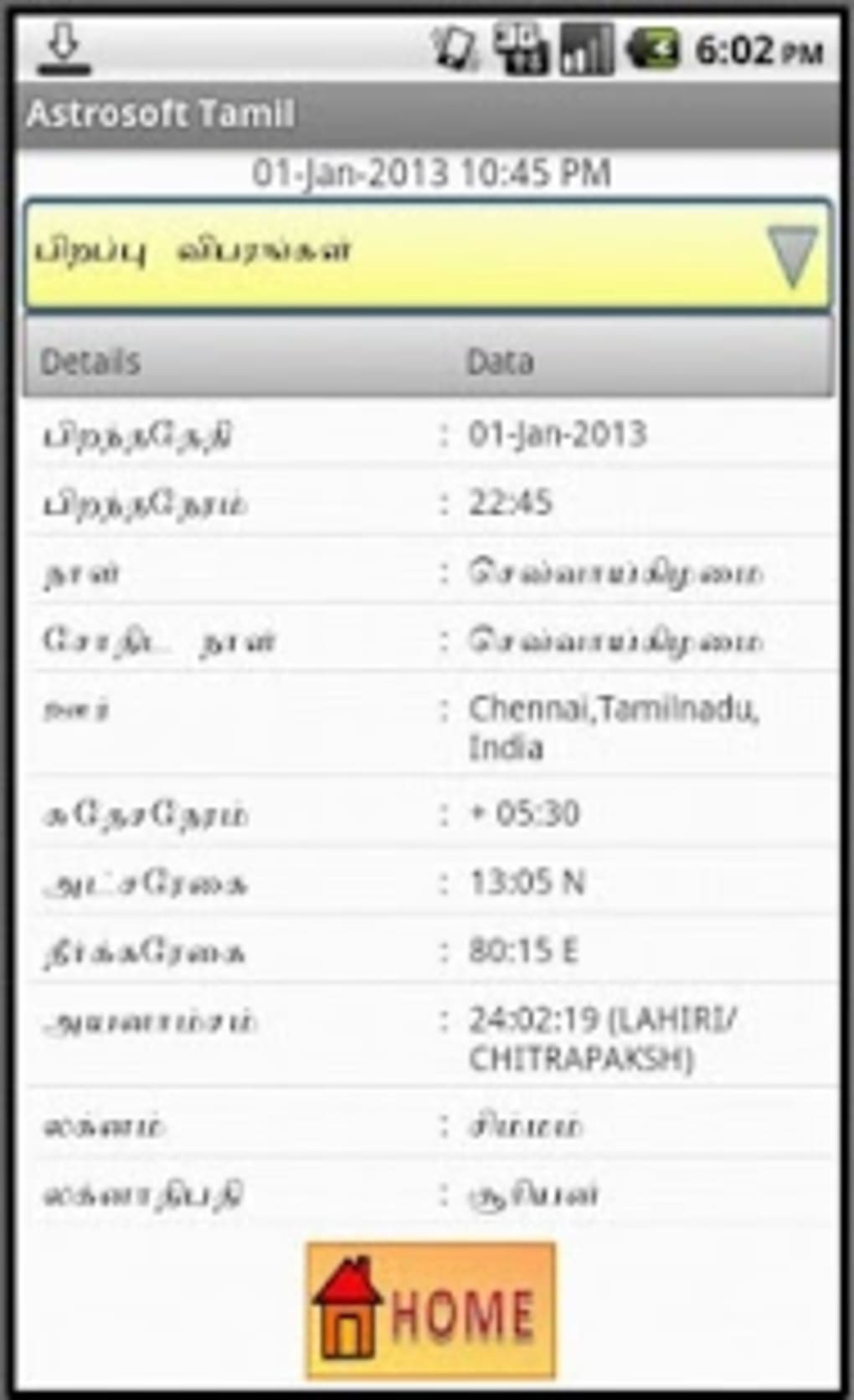

When setting up Duet Pro, users can customize pressure sensitivity with a personalized curve, adjusting based on how they draw and use the Apple Pencil, along with Line Lead (similar to Astropad's feature, though lacking in any sort of color customization).ĭuet's big advantage over Astropad is its true second-screen nature for iPad Pro users: You can have a drawing tablet that also acts as a second monitor, eliminating the need to take up your Mac's main screen with a giant Photoshop canvas. Like Astropad Studio, Duet Pro is a subscription service: For $20/year, users get access to Duet Display's new drawing features, including Apple Pencil-optimized pressure sensitivity, tilt and hover support, palm rejection, and touch-based shortcuts.
ASTROPAD FREE SOFTWARE
Launching five months after the debut of Astropad Studio, Duet Pro offers many of the same perks as Astropad's high-end software - with a few extra wrinkles. Launched in May of 2017, Duet Pro is Duet Display's venture into the iPad-as-pressure-sensitive-drawing-tablet world. It is a little pricier than the standard Duet Display app, however - $29.99 to Duet's $19.99 one-time fee.Īstropad Standard - See on the App Store Duet Pro
ASTROPAD FREE MAC
(For instance, you can perch on your couch and continue to work on a project on your iMac or Mac Pro.)Īstropad has remained one of the best apps around for basic iPad drawing on your Mac, especially if you don't yet own an iPad Pro and Apple Pencil, since it works with many iPads and styluses. But in mirroring the screen, it offers a host of different drawing features for artists.įor one, Astropad displays a dismissible Function bar that holds oft-used drawing shortcuts like Undo, along with Line Preview, which eliminates further latency issues by "previewing" your drawing line (if your Mac hasn't yet caught up with your iPad's brush stroke).īetter yet, it takes advantage of pressure-sensitivity hooks in Mac apps to offer pressure-sensitive drawing for any number of third-party styluses - not only the Apple Pencil.īut perhaps the coolest thing about Astropad is that it can go wireless: You can draw tethered via USB for the best experience if you don't mind suffering a minor drop in latency, however, you can sit elsewhere in your immediate Wi-Fi surroundings and continue to draw. Unlike Duet Display, Astropad focuses solely on mirroring your Mac's screen - you can't use it as a true second monitor. (We'll talk about Duet Pro in just a little bit.) Duet Display's standard version still offers no drawing tools or pressure sensitivity, however.ĭuet Display - See on the App Store Astropad StandardĪstropad was the first app that offered iPad users a truly great drawing tablet for their Mac: It was built specifically for working in certain Mac programs, like Photoshop, and offered ultra-low latency for drawing through smart hardware optimizations. In late May, Duet at last offered a solution: an in-app Duet Pro subscription, which enables pressure sensitivity and line prediction for artists, among other tools. In the years since, Duet has improved its original app with options like a digital Touch Bar (for Macs without access to Apple's own hardware version), even faster rendering, and iPhone support - but no drawing capabilities, despite competition from newcomer Astropad.


Unfortunately, where Duet initially lagged was with the art community - users who wanted that second screen for drawing on a digital Photoshop canvas (or mirroring the Mac's display to draw upon it): The otherwise speedy 60FPS screen had issues displaying Photoshop documents and vast-delayed strokes, making the drawing experience uninspired as a whole. After connecting iPad to Mac via USB, it delivered users a Retina-quality second display at 60 frames per second, with minimal to no lag.įor those who wanted to view extra information - Twitter or work apps from their Mac on a second screen, for example - Duet was an excellent choice, and remains so today. Though not the first second-screen app for iPad, Duet Display was one of the first to truly offer a usable second-screen experience.


 0 kommentar(er)
0 kommentar(er)
